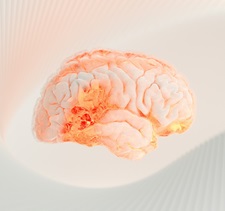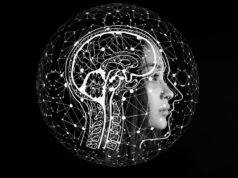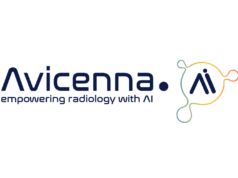 Artificial intelligence (AI) may serve as a future tool for neurologists to help locate the part of the brain in which a stroke occurred, as per the findings of a new study. In the study, AI—more specifically, a large language model called generative pre-trained transformer 4 (GPT-4)—processed text from health histories and neurologic examinations to locate lesions in the brain. These results were published recently in an online issue of Neurology Clinical Practice.
Artificial intelligence (AI) may serve as a future tool for neurologists to help locate the part of the brain in which a stroke occurred, as per the findings of a new study. In the study, AI—more specifically, a large language model called generative pre-trained transformer 4 (GPT-4)—processed text from health histories and neurologic examinations to locate lesions in the brain. These results were published recently in an online issue of Neurology Clinical Practice.
“Not everyone with stroke has access to brain scans or neurologists, so we wanted to determine whether GPT-4 could accurately locate brain lesions after stroke based on a person’s health history and a neurologic exam,” said study author and American Academy of Neurology (AAN) member Jung-Hyun Lee (State University of New York [SUNY] Downstate Health Sciences University, Brooklyn, USA).
The study in question used 46 published cases of people who had stroke. Researchers gathered raw text from patients’ health histories and neurologic exams, and fed it into GPT-4. They then asked it to answer three questions relating to: whether a patient had one or more lesions; on which side of the brain lesions were located; and in which region of the brain the lesions were found. They repeated these questions for each patient three times and results from GPT-4 were then compared to brain scans for each patient.
The researchers found that GPT-4 processed the text from the health histories and neurologic exams to locate lesions in many patients’ brains, identifying which side of the brain the lesion was on, as well as the specific brain region—with the exception of lesions in the cerebellum and spinal cord.
For the majority of people, GPT-4 was able to identify on which side of the brain lesions were found with a sensitivity of 74% and a specificity of 87%. It also identified the brain region with a sensitivity of 85% and a specificity of 94%.
When looking at how often the three tests had the same result for each patient, GPT-4 was consistent for 76% of patients regarding the number of brain lesions. In addition, it was consistent for 83% of patients for the side of the brain, and for 87% of patients regarding the brain regions. When combining its responses to all three questions across all three times, GPT-4 provided accurate answers for 41% of patients.
“While not yet ready for use in the clinic, large language models such as generative pre-trained transformers have the potential not only to assist in locating lesions after stroke, but they may also reduce healthcare disparities, because they can function across different languages,” Lee noted. “The potential for use is encouraging—especially due to the great need for improved healthcare in underserved areas across multiple countries where access to neurologic care is limited.”
The researchers do, however, report a key limitation of their research: the fact that the accuracy of GPT-4 depends on the quality of the information it is provided with, and—while researchers had access to detailed health histories and neurologic exam information for each patient in the present study—such information is not always available for everyone who has a stroke.










